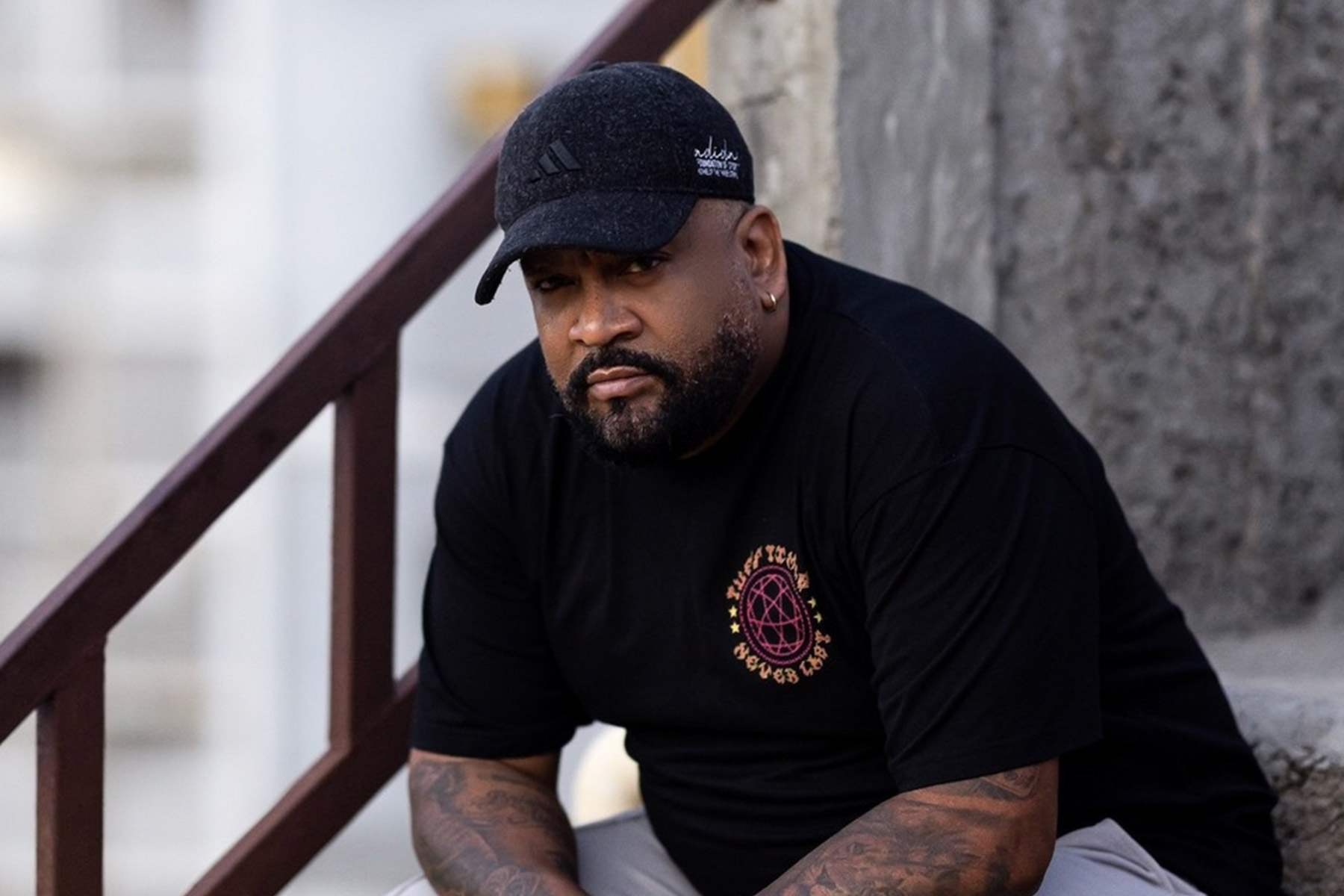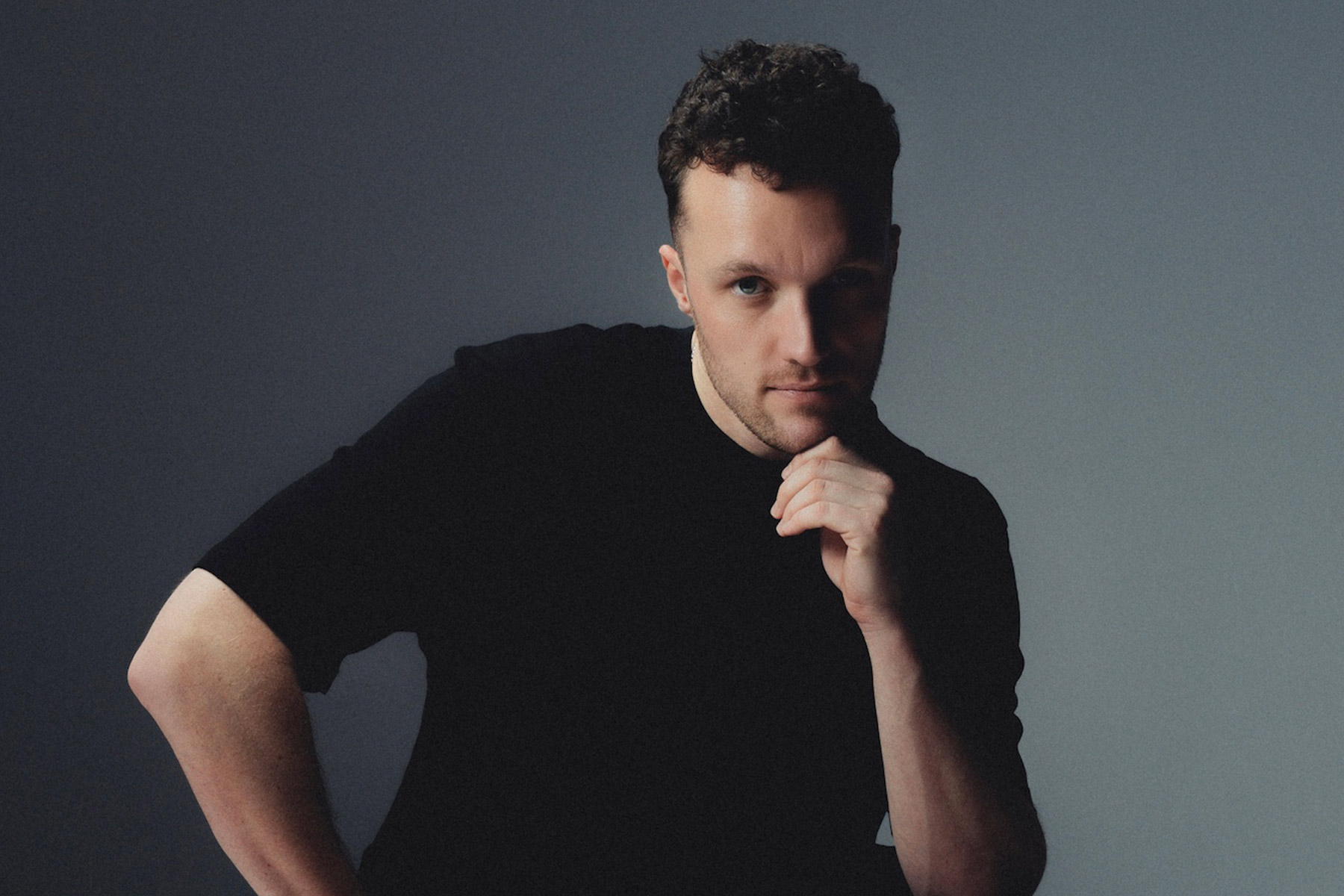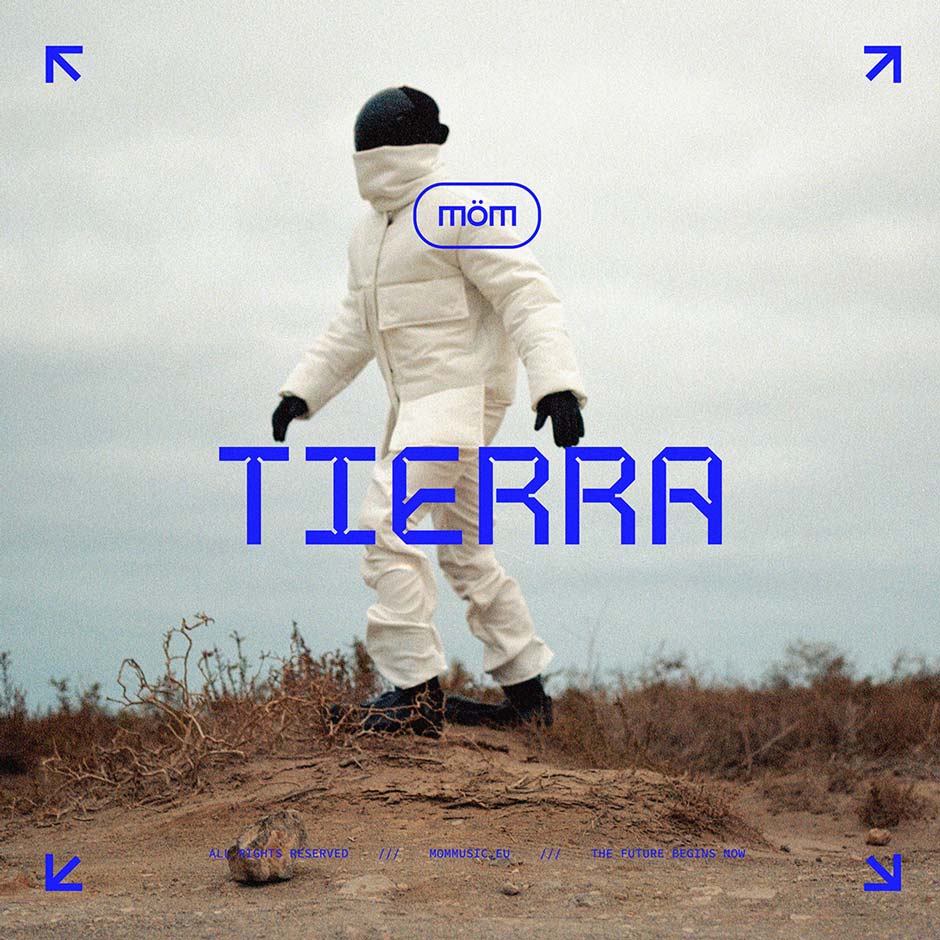As we end another year filled with new beats and memories, we took some time to step back inside the studio and go over the many production tips that have been shared by top artists over the year. From highly detailed instructions for a better sound and on to creative insights, these artists held nothing back.
Here we selected 10 of the most unique studio tips from 2024 (in alphabetical order) that will take your game to the next level.
- Embrace mistakes
In the modern world of computer recording, most systems are set up with a perfectionist mindset, often producing exactly what you intend. The more you play organic instruments, avoid quantizing everything, and manipulate audio instead of relying solely on MIDI or virtual instruments, the more unique and memorable your music will be. Accidents are also valuable. Don’t worry too much about slightly out-of-tune or rhythmically imperfect parts, or chords that don’t follow traditional music theory. Focus on the bigger picture of the piece. Commit to your sounds—don’t just rely on plugins. Be brave, embrace imperfection, and step outside the box when you can.
- Separating creative and technical jobs
By doing this, your workflow will improve dramatically. It will also prevent you from looping around your track over and over until the point you get bored with it.
When you start writing, just write. Don’t stop to mix as you write. If your sound choice is correct, your track will sound good enough to write with. The problem with stopping every few minutes to EQ, adding compression, etc. is that you totally lose the vibe of what you are writing. At this stage, stay in creative mode. Writing a great hook or killer bass line is much more important than sorting the EQ of your hi-hat; this can easily be done later.
I will usually write the main drop of my track at this stage, as often everything else is a derivative of that. When that’s done, you can enter technical mode a little. Get a rough gain stage and tidy up little bits, but don’t spend long on this. It’s just a little tidy up. The reason is you need to get back into creative mode ASAP and get your arrangement done. The quicker you can get your arrangement done, the better. This will stop you from getting stuck in an 8-bar loop. Just sketch out your arrangement; don’t even worry about adding drum fills or automation at this stage. Imagine you’re an artist and this is your rough pencil sketch. You can go back after and color it all in.
When this is done, you can then start looking at the technical side of the track. Set your gain staging and do the majority of your mixdown. I usually do this before I do a lot of my automation. If you do your automation before this, you have no real end start points. For example, how can you do a volume change if you don’t know what the volume of that instrument should be?

- Locators
I guess this is kind of basic, but I am a big fan of having a clear structure and being precise, and in this respect, using locators can help. I normally place a locator at the beginning and at the end of the track and then try to define a structure that can make sense for what I am trying to achieve. In my genre (minimal deep tech), you normally have a short and then a longer break, so I assign locators for when the breaks start and when they end at the drop. I also assign locators when unexpected or key new elements come in. Having locators helps me speed up the arrangement phase of production massively, and that’s why it’s a valuable insight to give to other producers, especially if they are at the beginning of their production journeys.
- Listen, don’t look
A simple tip I feel happy to share with y’all is to turn the computer monitor off when testing an arrangement or a mix. I do it all the time as it takes me away from the ever-present visualization of sound back to just using our ears as we all did before studio monitor screens became a reality. I’m so used to it now that I always switch it off, even when I listen to demos or audio files, because from just looking at a waveform I approximately know how a song is structured, when the middle-eight arrives, how long the intro is, etc., and I really don’t like to ruin surprises or create expectations. This is another technique I’m probably carrying on from my early studio days, as at that time the only visual reference we had while listening to a mix was the mixing console and the pair of Yamaha NS10 speakers, no waveforms, and no computer screen.
- Don’t be afraid to use samples
Don’t get into your head about needing to create everything from absolute scratch. For creativity purposes, I also love to use samples from (for example, Splice) a genre that is different from what I am producing at that moment. For instance, I will find an Afro-house groove for a techno track and blend them in well to give it some flavor. Sometimes it may not work, so use your ears and trust your gut. This all takes trial and error.

- Reference arrangements
When we talk about referencing, we usually focus on sound design and mixing but for me, the arrangement is such a key factor in a great record. It tells the story and that is so important. I’ve messed up many great ideas with the wrong arrangement! Study the arrangements of your favorite tracks and try to understand what makes them great. Your track could have a completely different vibe sonically but you can still take away ideas of how to lay it out and tell your own story.
- Make a mess, tidy up later
In your DAW, I mean… You only need a few bars recorded of the “perfect loop” that you can reuse and recall in your track. Once you have that, I find it’s best to do long audio recordings where you take many divergences and go crazy with your equipment (the improved workflow of having the functions of each instrument accessible by dedicated knobs and sliders is the only reason I use hardware). I will usually go for 10-15 minutes. All that audio will come in really useful in the later stages of creating the track; you can get creative with your resampling and also layer the more musical sections with your perfectly designed loop to give your track that feeling of progression.
- Creativity is not innovation!
Creativity has nothing to do with innovation but innovation has everything to do with creativity. Innovation is amazing and in many perspectives it’s something that our human brain and our societies are looking for, probably to be able to evolve and solve problems we encounter. Regardless of how beautiful and important innovation is, we should not limit our creative expression to the seeking of innovation. Seeking innovation is often the least fruitful way to innovate. The real gateway to innovation (if that’s something you are looking for) is creativity. Explore your creativity, allow your creativity, let your creativity manifest …. Sometimes that leads to innovation, but it ALWAYS leads to creativity.
- Focus on your weaknesses
It’s natural to gravitate towards our strengths, we’ve certainly fallen into that trap ourselves. Whether it’s sound design, mixing, or composition, it’s easy to stick to what you know best. However, relying solely on our strengths led us to being comfortable with where our music at.
In 2020 we identified some of our weaknesses as producers and then set out to learn more in those areas. For us, these areas included mixing, sound design, builds & breakdowns. We found specific tutorials online and focused on refining our skills in these areas. We still have a lot to learn but by being proactive and studying our weaknesses our songs started to round out and become stronger in those areas.

- Export tracks as audio imprints
One of the most important things when it comes to producing and writing a track is to know when to stop adding new sounds. At some point, it’s important to commit to certain elements. What helps me to do so is to export tracks as audio files within the project. I use Logic and it’s called bouncing regions in place. Sometimes I also export stems and start over on a new project. It helps me to feel inspired again when I feel stuck in a certain structure or visually bored of seeing the same project grid.











